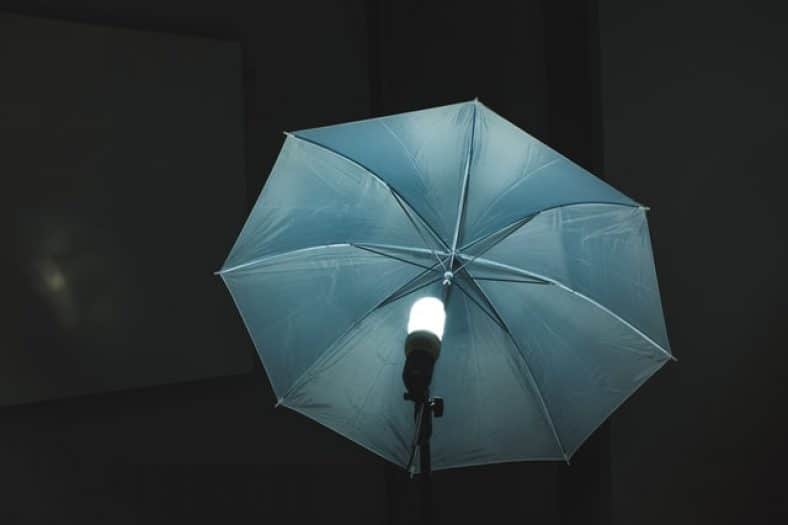Unlike traditional days, professional photographers are no longer dependent on natural sunlight for specimen and subject illumination. Modern-day commercial photographers use artificial lighting setups to give the subject photographed the anticipated effect, even in the studios. When choosing the right lights for your studio, it’s very important to consider how many watts or one per second you’ll need as it highly affects your shot quality and the lighting unit’s costs.
Watts are very instrumental in shaping your art of photography, and the number of watts required varies depending on the type of shoot you are doing and the setting you’re in. Photography simply means writing with light. Thus light is an undeniably vital gear and a must-have for every successful shoot. Using the right light in your photography creates endless possibilities and expands your creative space so that you can create glows, add sparkling light sources, and even play with shadows.
How many watts for studio photography?
It doesn’t matter how amazing your vision as a photographer is, how sharp your camera lens is, or the number of pixels on the sensor; only the right lighting will give you a good shot. As such, you should invest in finances and ideas to get the ideal lighting equipment for your studio, even if it is more than you use for cameras and lens expenses.
There are three basic lighting choices when it comes to lighting options for your studio, cool lights, hot lights, and a flashlight. Hot lights are really hot, just like the name suggests, and they range between 500-800 watts. They are ideal for product photography as they don’t have enough power for people’s photography, and they are uncomfortably bright upon shining on the eyes.
Cool lights are better because they don’t run hot, and as they are fluorescent, they have a lesser likelihood of causing fire risks. They have little power as well, and they can be used with a flashlight, even though they display issues of slow shutter speeds and high ISO.
The third option, flash, is the most favorable one for most studio photographers as they are very easy to use, and have more power than the others. Flash doesn’t have the limitations associated with hot lights and cool lights. Choosing the right watts and studio lights can be challenging, especially with the different types, models, specs, and prices in the market.
Understanding light is very tricky, especially for new photographers, but if you think of opening up a studio or upgrading yours, lighting should be accorded the most focus. The lights should be chosen carefully and wisely because they influence and set the studio’s vibe and mood, which affects image quality. When it comes to choosing lights for your studio, most people get confused about the light wattage and how many watts are good enough for studio lighting.
Understanding the measurements
When calculating the power consumption of studio lights, we use watts per second, which helps determine how many watts of electricity are needed to light the upper second. Depending on the wattage used, the light can be bright or not; night lights, for instance, use about 10 watts, while lights in the living room require about 60 watts for good light coverage of the entire space.
Watts affects the electricity bill, and there are more variants when it comes to the power requirements. The majority of studio lights start at 200 watts to 1200 watts, so you have to be careful in calculating and determining the most suitable wattage for your studio space.
How many watts are best for studio lighting?
The ideal watts for your studio are dependent on several factors like your studio type, size, coloring, and setup. Smaller studios will require less wattage, of 300 W, and if you are using a smaller space like a home studio, then even 200W is okay. These small studios are used for shooting regular videos and for doing product photography by enthusiasts and hobbyists.
However, professional photographers require more than 300W for spectacular results. 400-500W is ideal for large spaces and a professional-grade studio. This wattage provides enough lighting required to shoot clips and videos for a small group. If this wattage isn’t enough or ideal for the type of photography you’re doing, then branch out to an outdoor studio and go bigger.
When it comes to an outdoor studio, you will need more than 500 watts for effective and quality results. For a huge studio, anywhere between 600 to 800-watt lights is recommended. If the studio has a good setup, these lights can override the daylight.
The wattage on studio lights keeps increasing, with some lights needing more than 1000 watts for effective operation. Studio lights are very crucial for any photographer who wants to have a professional shoot and production. Even if you have the right studio, as long as you don’t pick the lights with the right power, then your shoots’ results won’t be as pleasant. Picking the right light power for your studio is impactful in both your work quality and in the cost of electricity bills, so choose carefully and precisely.
Related Posts:
